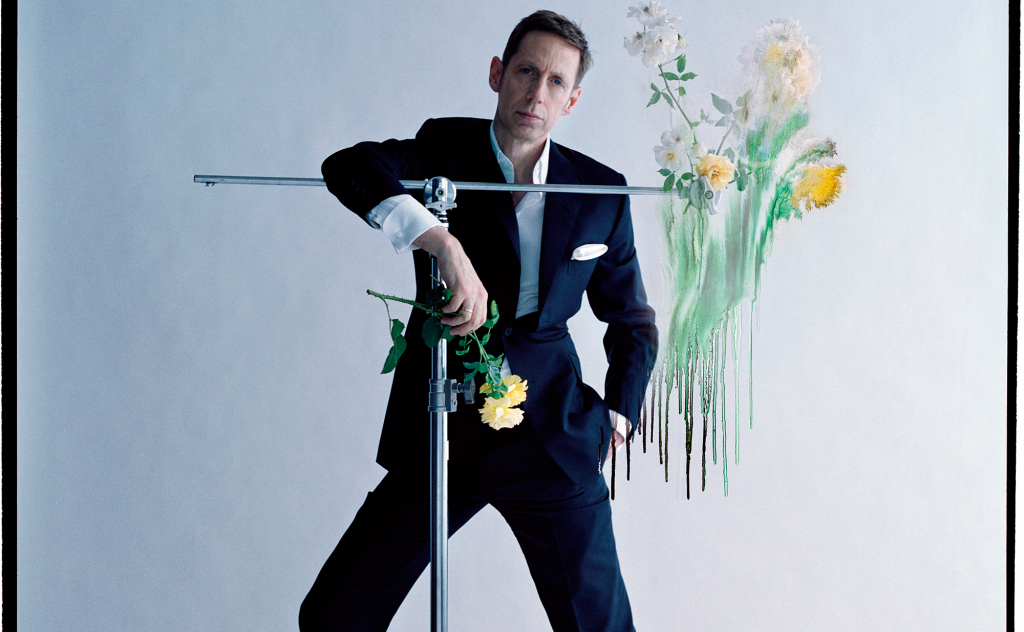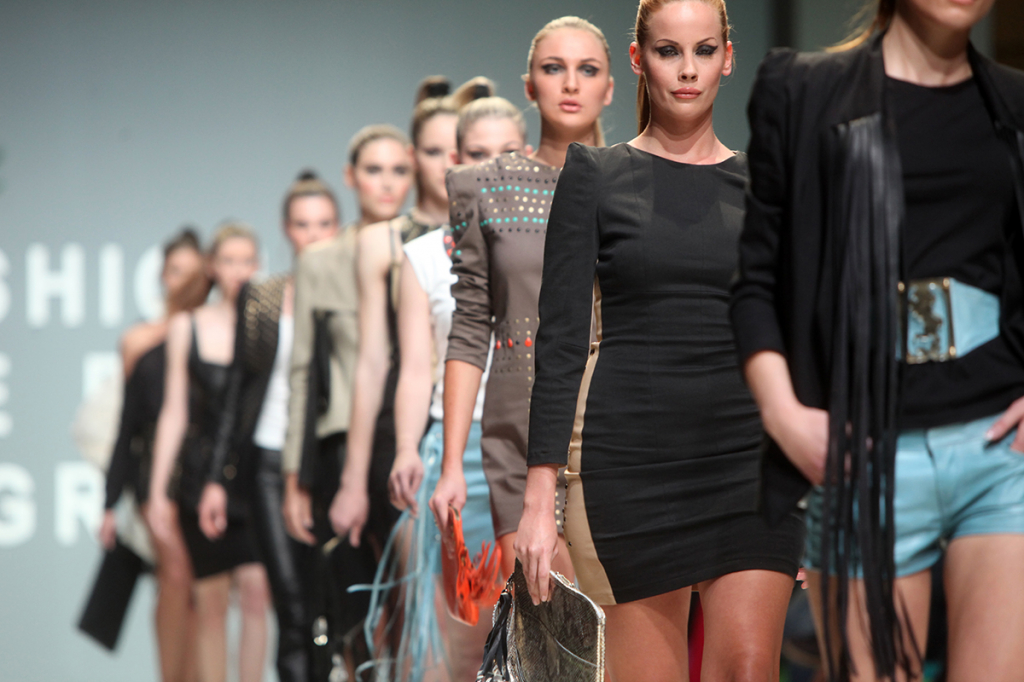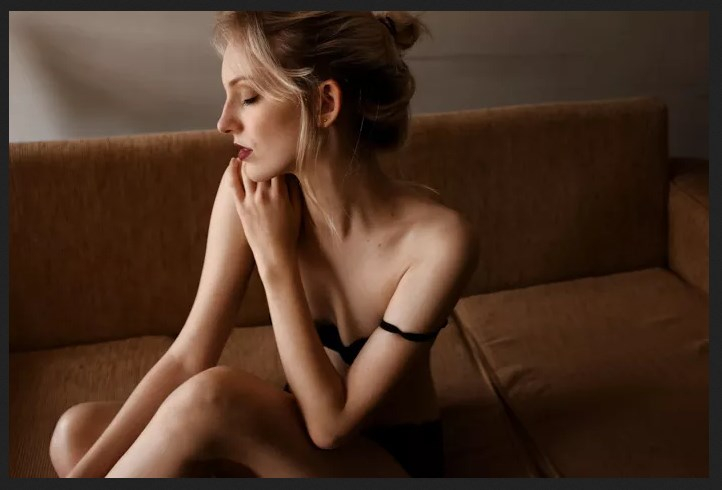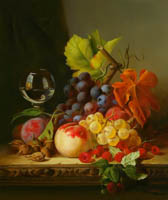decent result
VIVIEN MAYER (© VIVIAN MAIER) – GENIUS OBSERVING REALITY
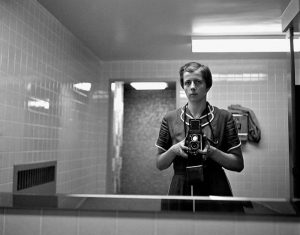 The story of the American photographer Vivien Maier (© Vivian Maier) is an interesting case of fame that came to the photographer only after death. Nobody saw her carefully assembled archive of almost one hundred thousand negatives, it was discovered by chance, and made a real international sensation.
The story of the American photographer Vivien Maier (© Vivian Maier) is an interesting case of fame that came to the photographer only after death. Nobody saw her carefully assembled archive of almost one hundred thousand negatives, it was discovered by chance, and made a real international sensation.
A detailed and distinctive illustration of the life of American society of the 60s and 70s, funny street plots and surprisingly characteristic portraits do not leave anyone indifferent. In terms of professionalism, ability to approach the model and reveal her personality, Meyer is compared with Robert Frank and Lee Friedlander.
Art lasts forever and works outlive their creators who serve only as “guides” between creativity and the viewer. Unfortunately, the name Mayer became known only after her death, and she did not receive the recognition she deserves. Continue reading
ASHER FELLIG’S invaluable contribution to the art of photography, or scandalous Viji
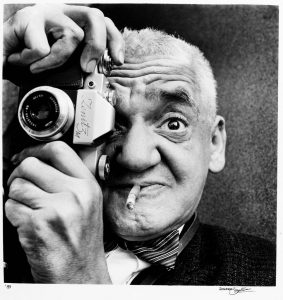 “My name is Viji. I am the greatest photographer in the world …”
“My name is Viji. I am the greatest photographer in the world …”
Asher Fellig was born at the turn of the 19th and 20th centuries in the town of Zolochev, which at that time belonged to the Austro-Hungarian Empire. After 11 years, the boy and his family moved to live in New York, where he changed his name to Arthur. The life of an emigrant made the teenager start working at the age of 14. He changes several places before becoming an assistant photographer. This event, apparently, radically influenced his future fate. Arthur began to work as a street portrait painter with a pony nowhere without special training, then he became a laboratory assistant at a photo studio. Working during the day in the studio, at night he went on a “photo hunt”. Now, the life of New York at night during the Great Depression is considered a certain style and distinctive sign, created, including, by such a talent as Viji. Continue reading
HOW TO OBTAIN BEST RESULTS BY REMOVING AN ULTRA-WIDE ANGLE LENS
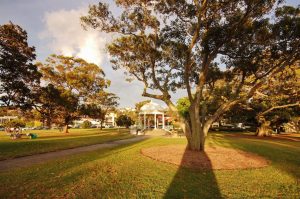 Today, most consumer DSLR lens kits are wide-angle. The 18 mm lens on the APS-C sensor camera (or 27 mm on the old 35 mm) is wide enough for most cases. Ultra-wide-angle lenses are characterized in that their focal length is less than 16 mm. It is here that new creative possibilities and new obstacles open up.
Today, most consumer DSLR lens kits are wide-angle. The 18 mm lens on the APS-C sensor camera (or 27 mm on the old 35 mm) is wide enough for most cases. Ultra-wide-angle lenses are characterized in that their focal length is less than 16 mm. It is here that new creative possibilities and new obstacles open up.
On crop sensor lenses, a focal length of 30-35 mm provides what we call the “normal” field of view, which is roughly equivalent to what the human eye sees. At 18 mm the field of view is almost two times wider, so it is possible to place many objects in the frame. At 12 mm you will again get 50% of the field of view, which is already very far from the “normal” – in this case, you need to turn your head to capture all the details. Continue reading
